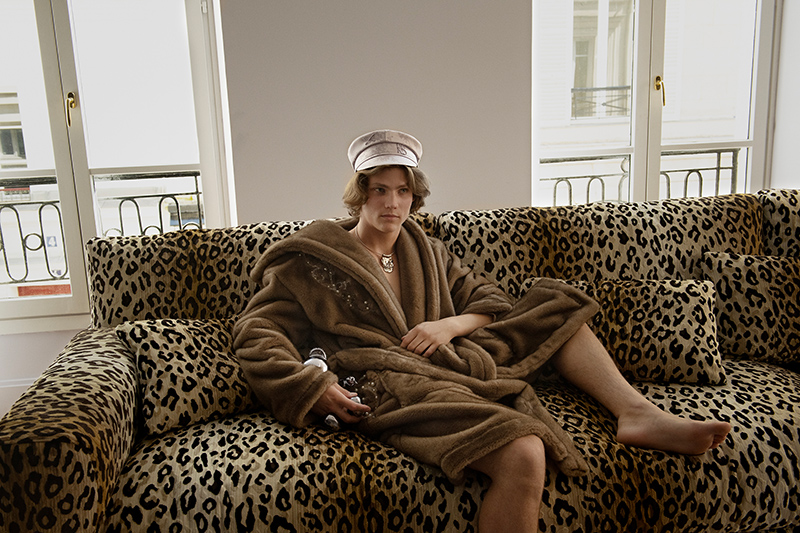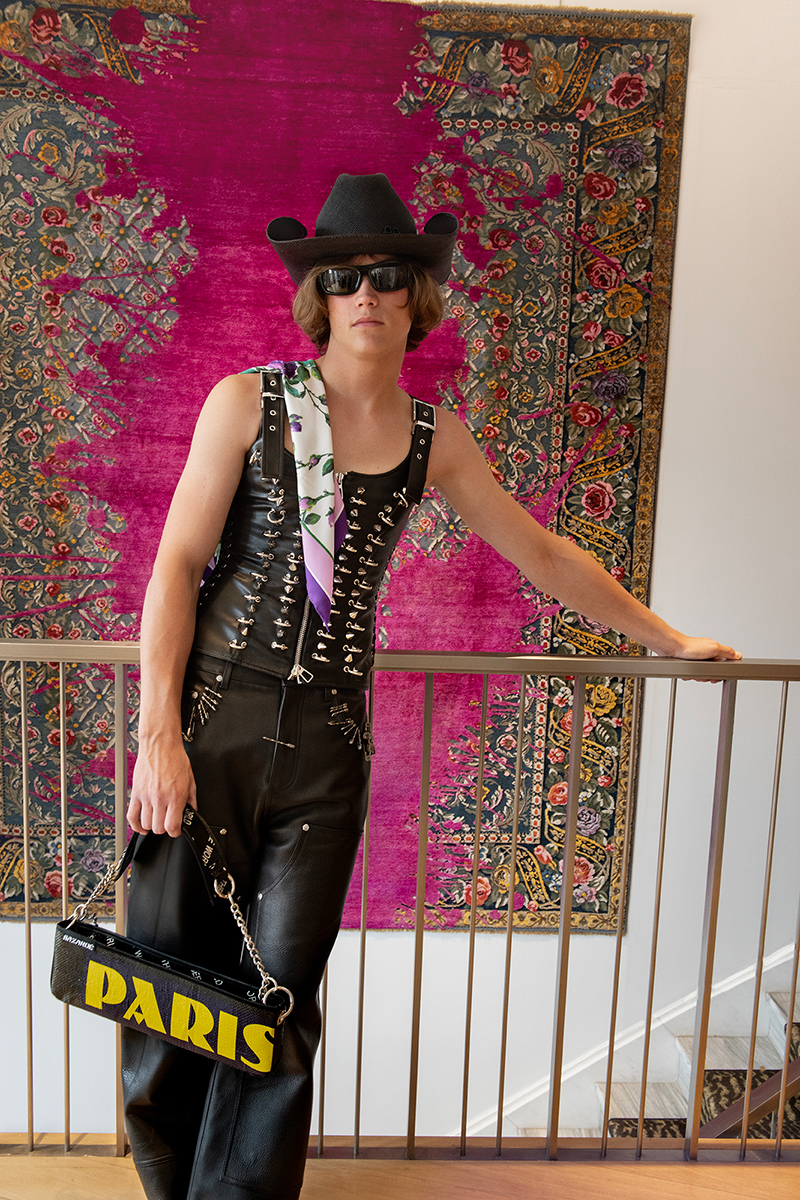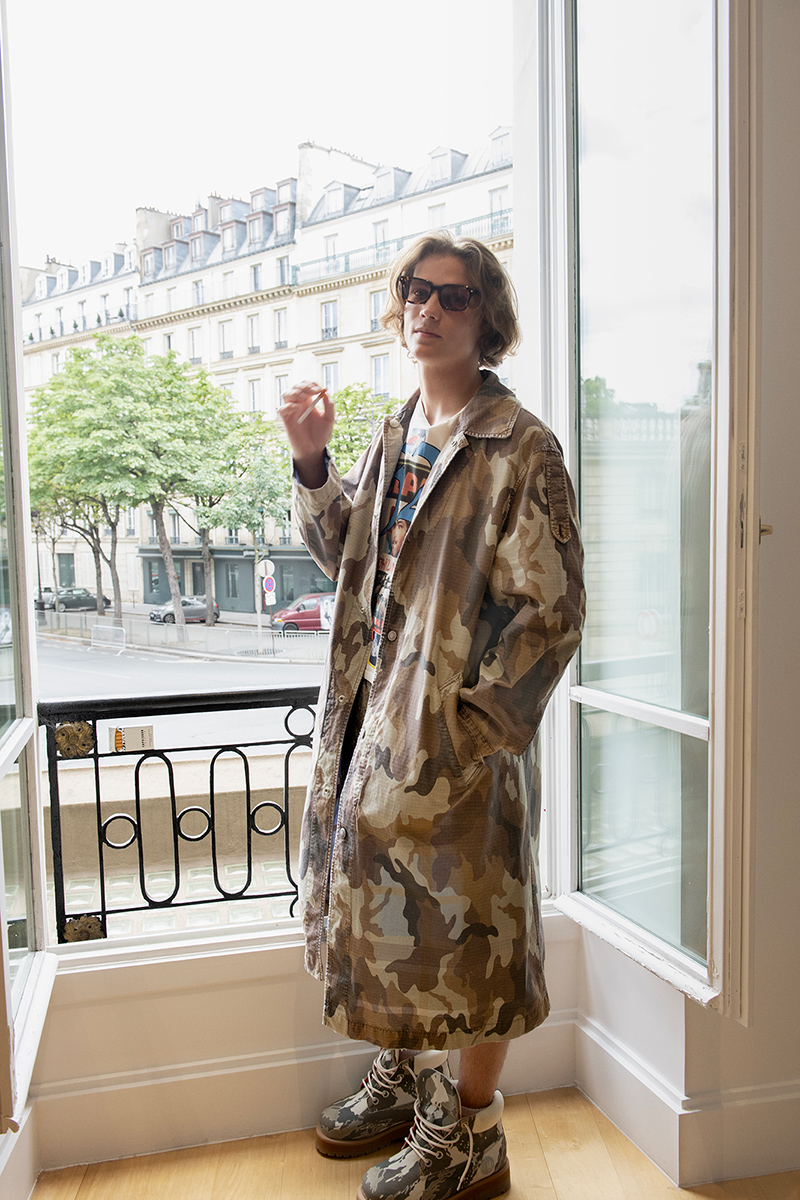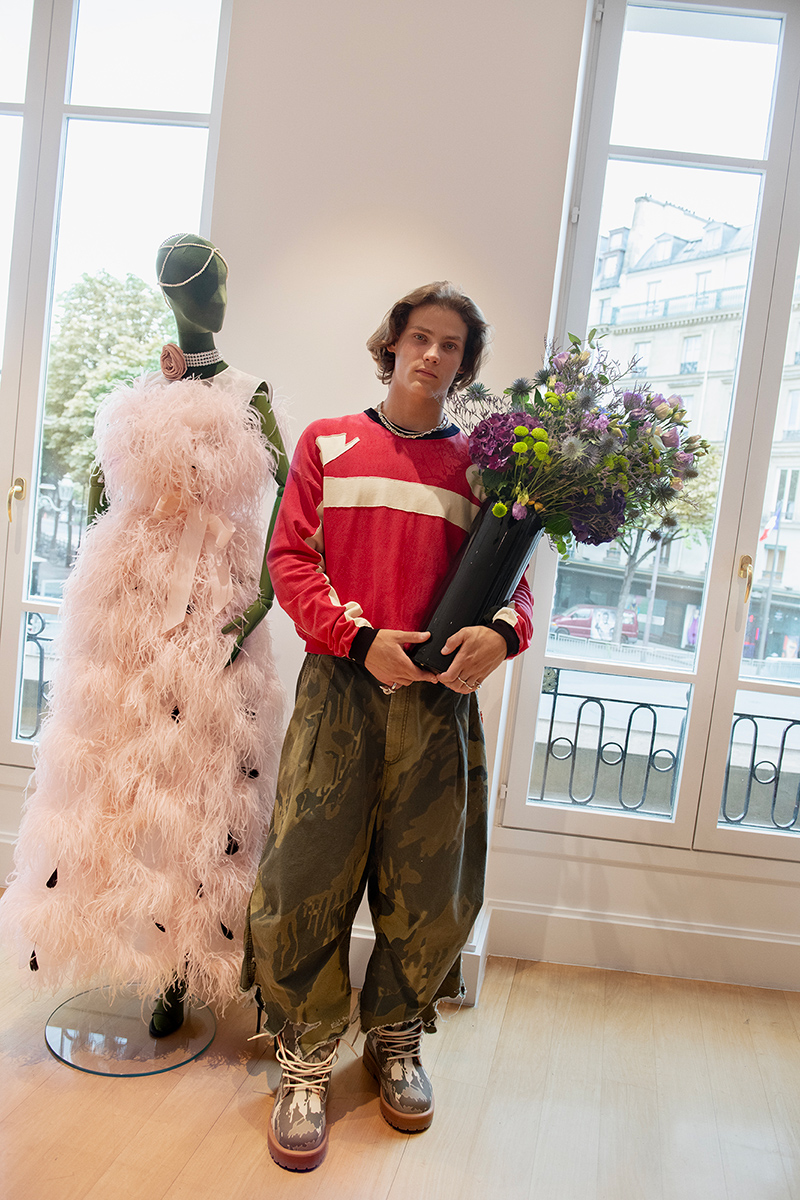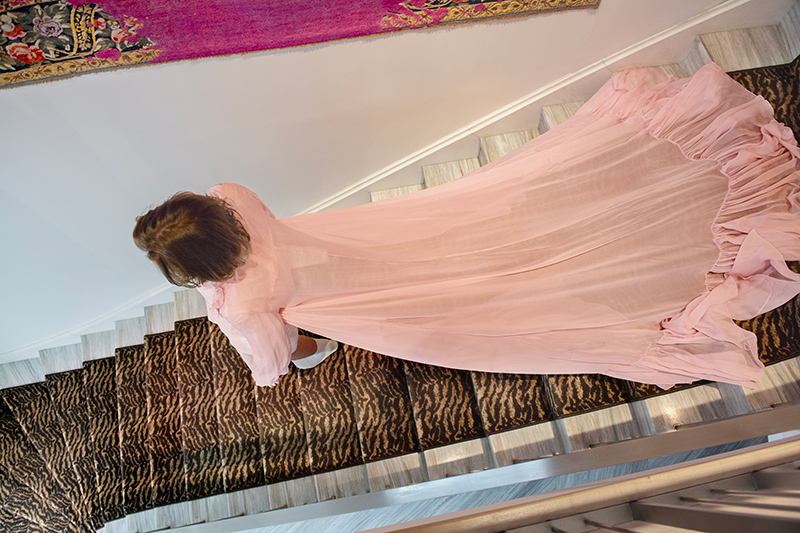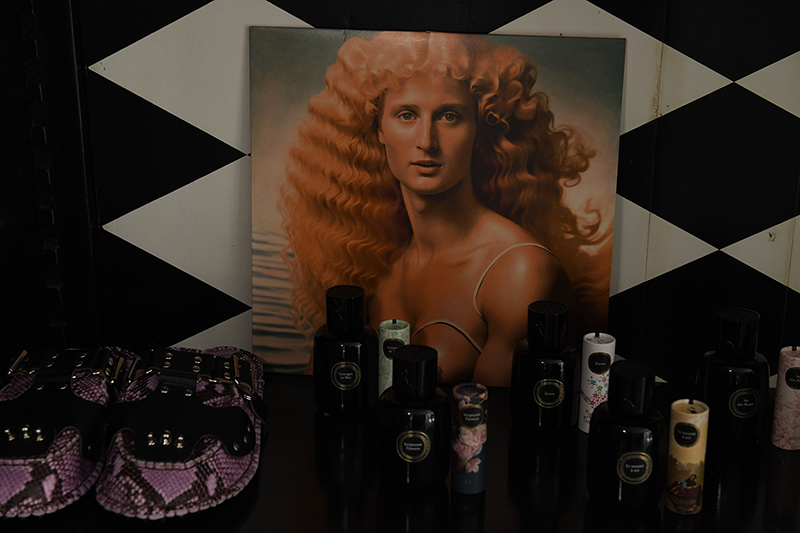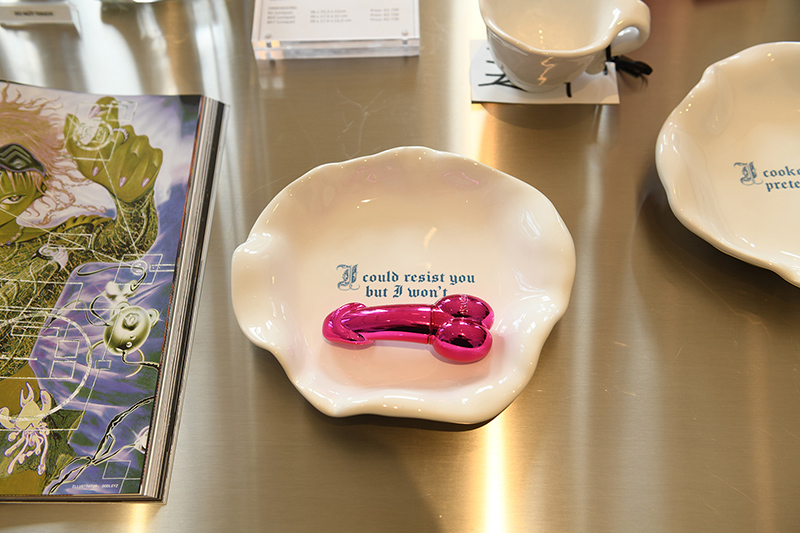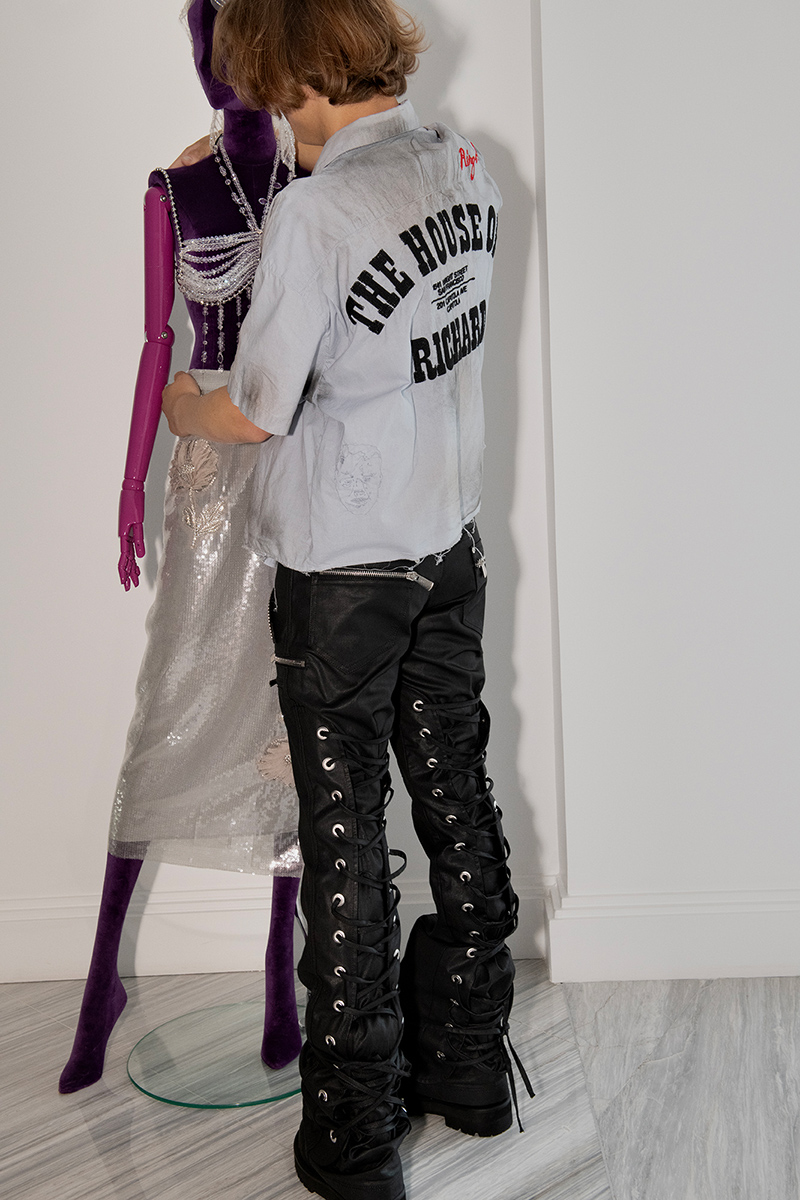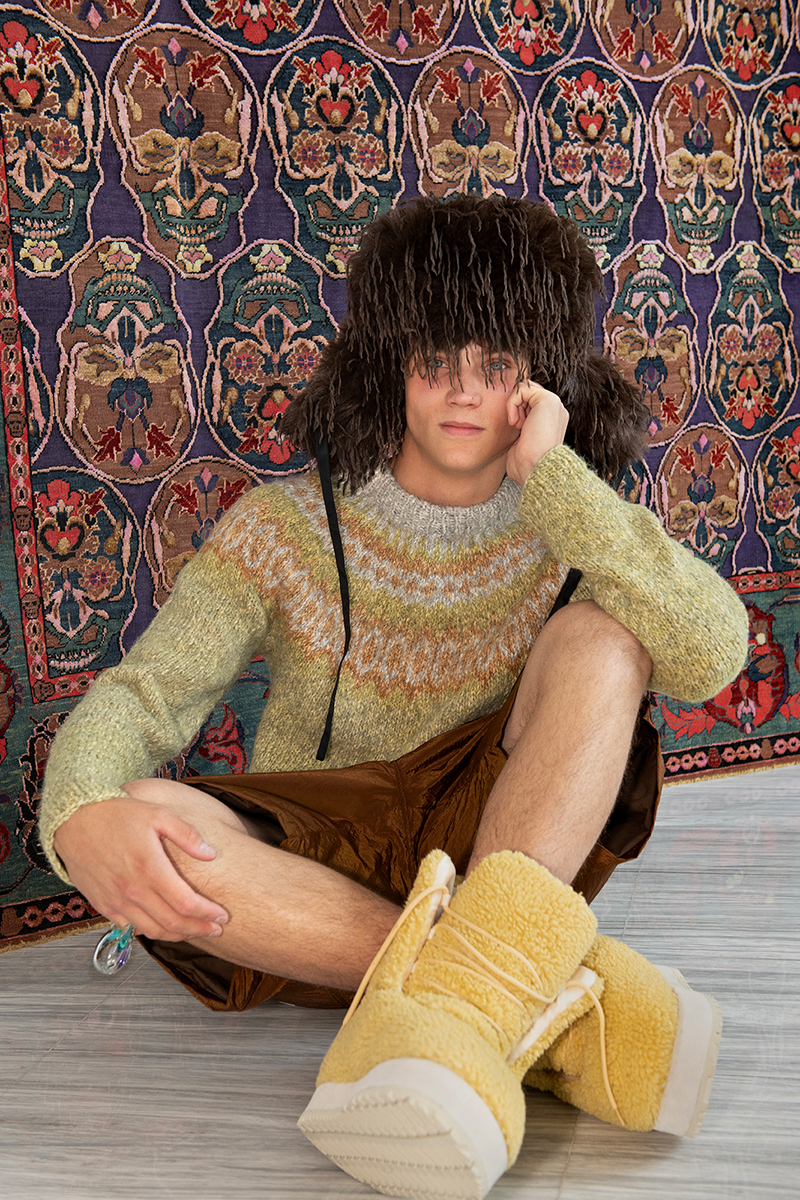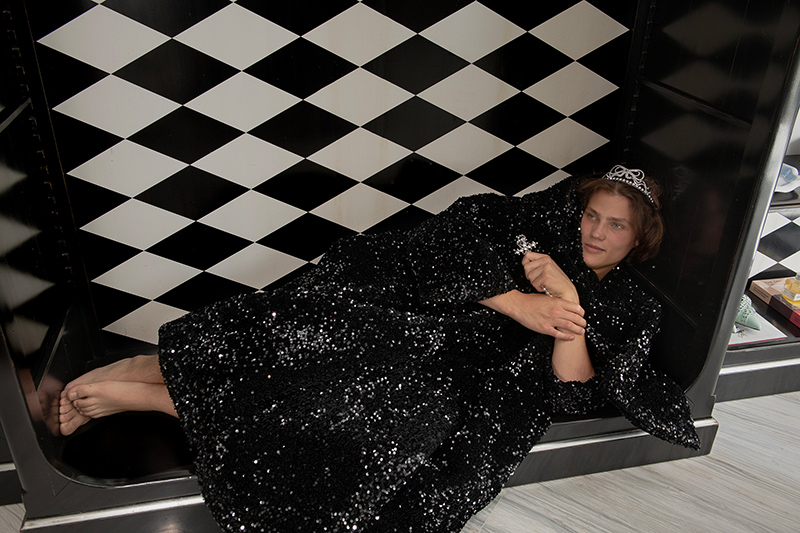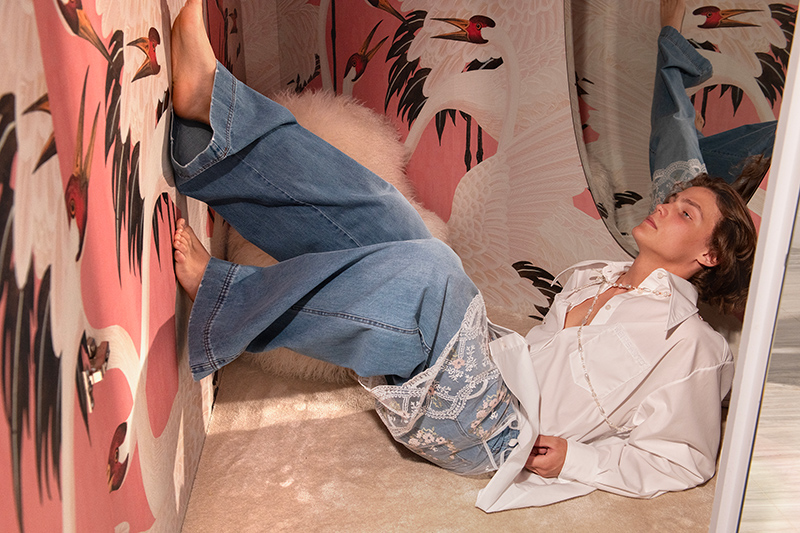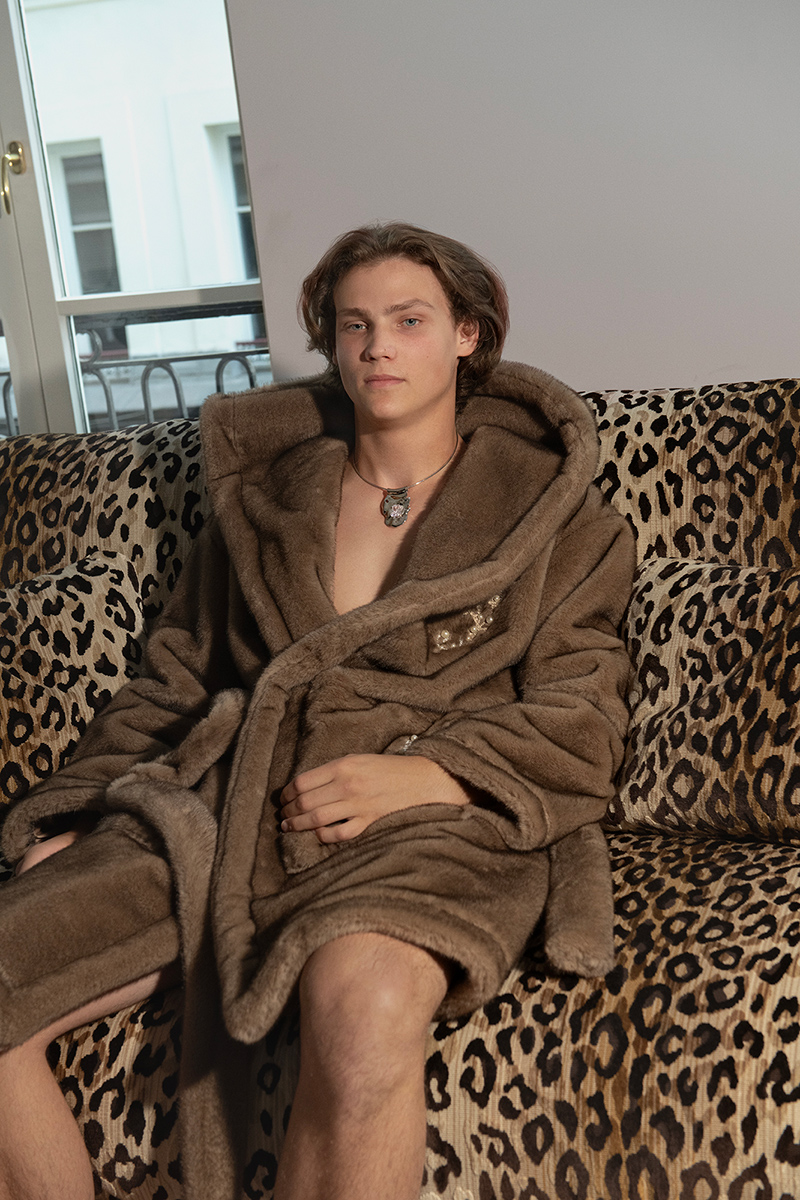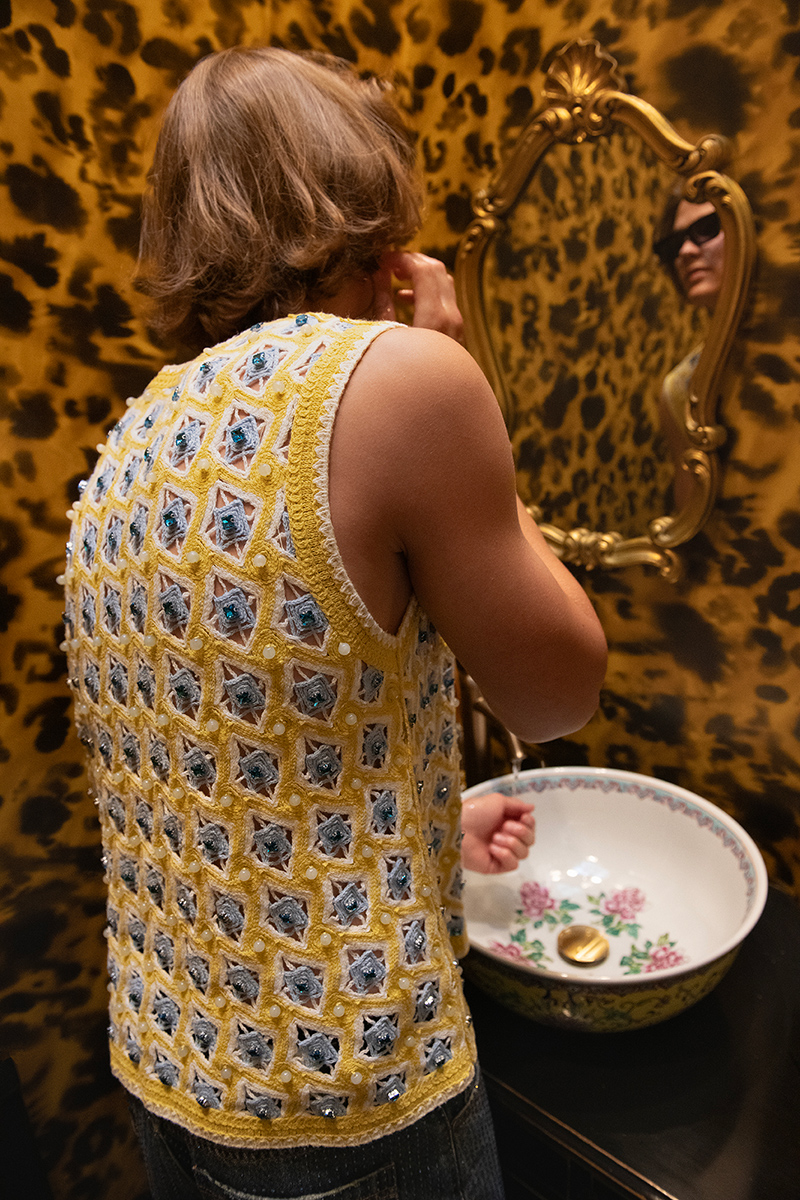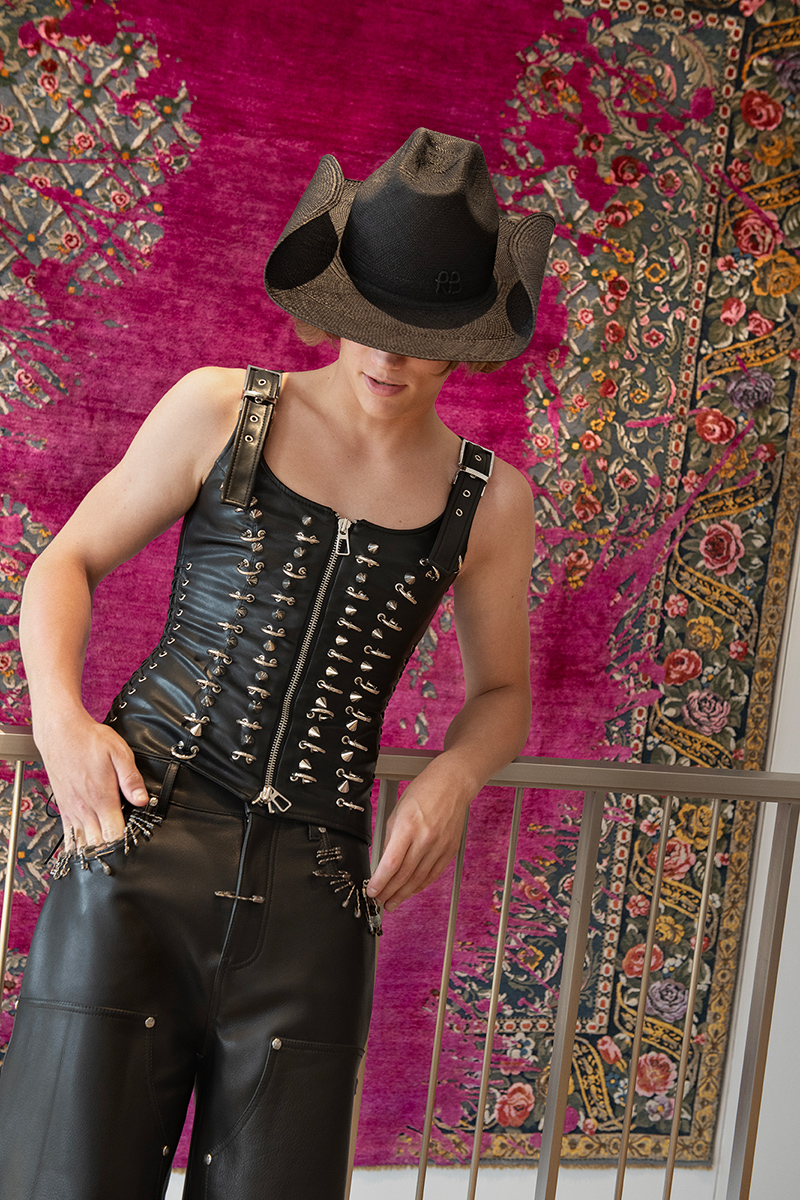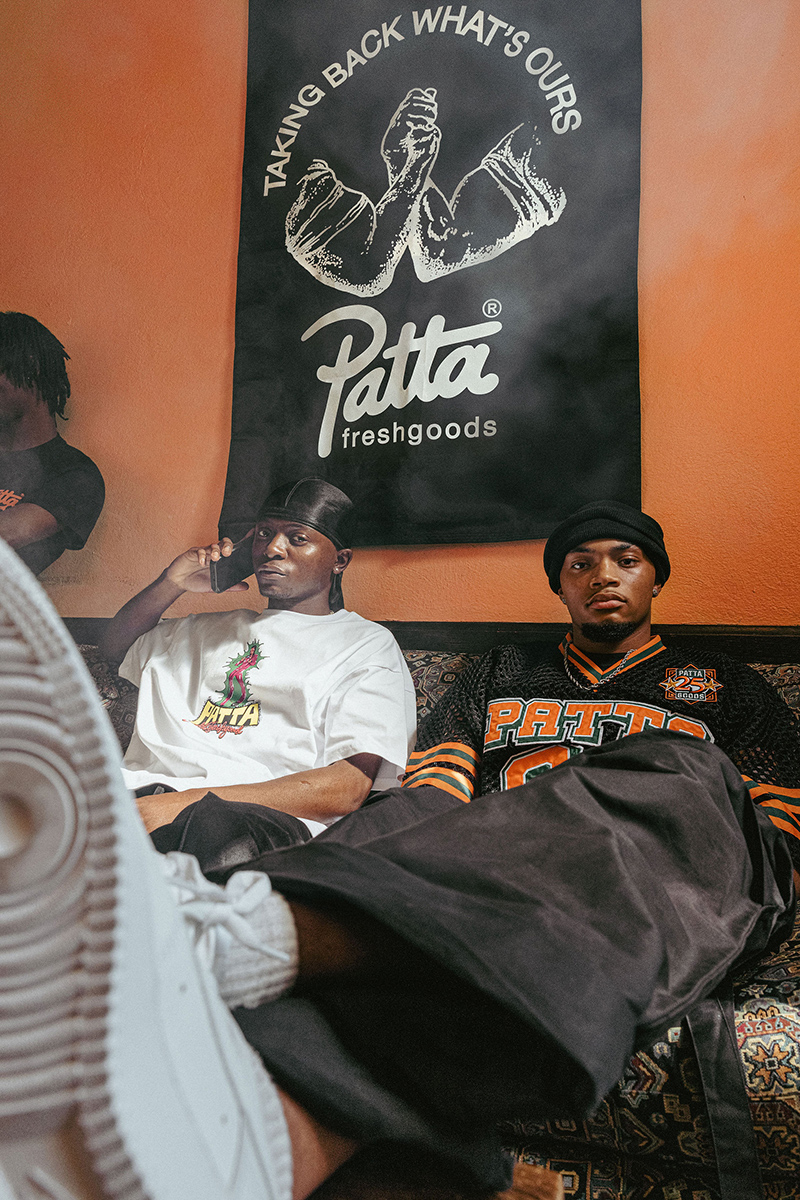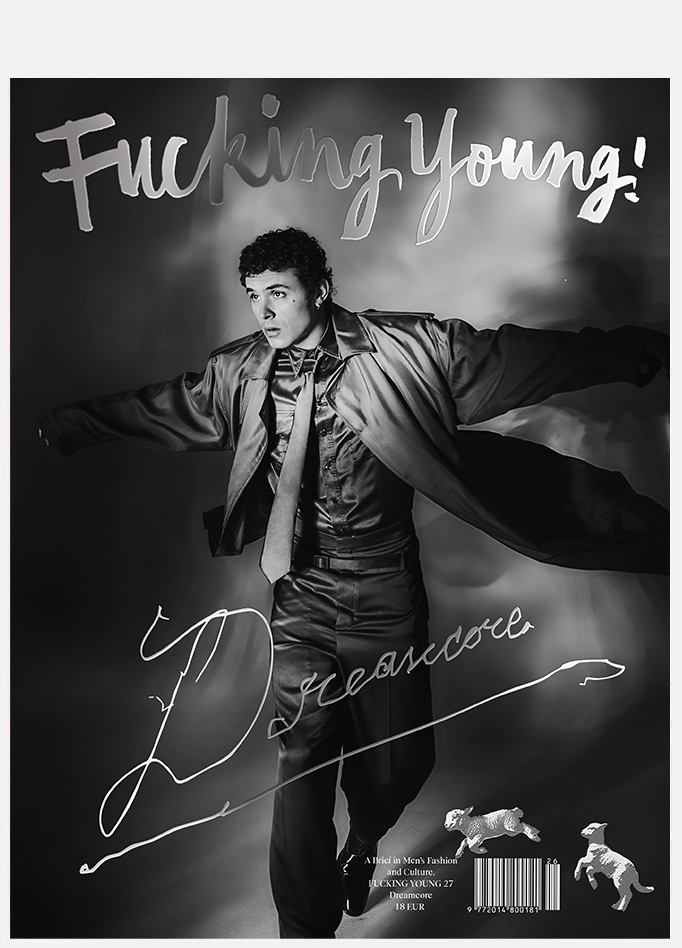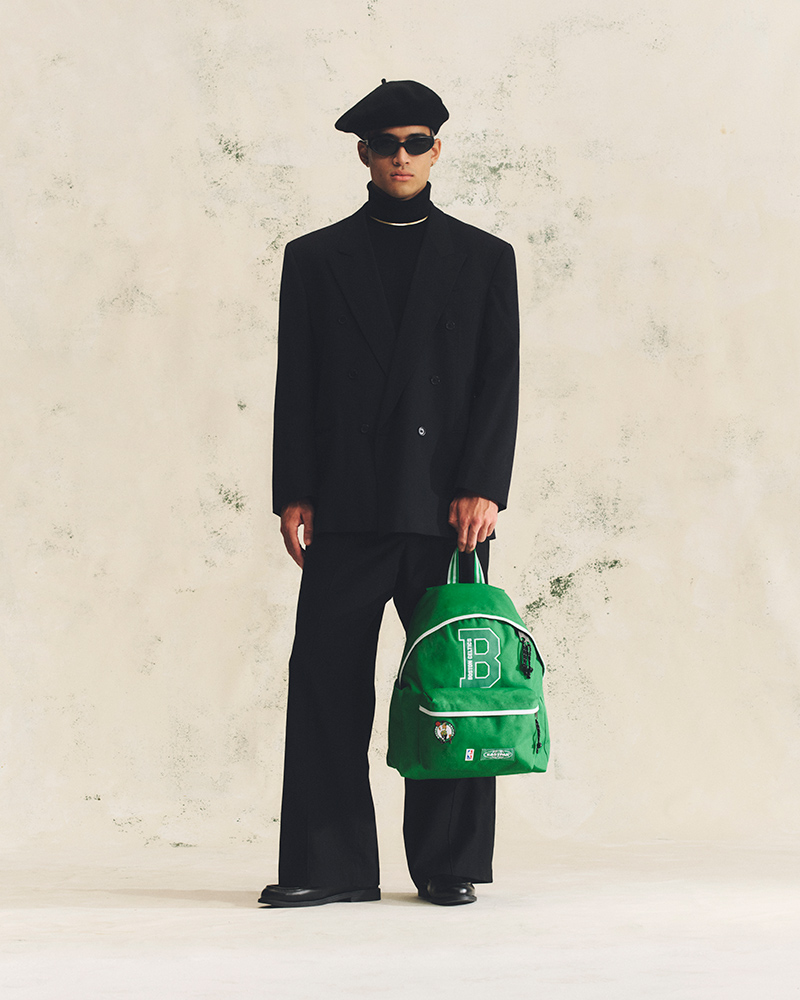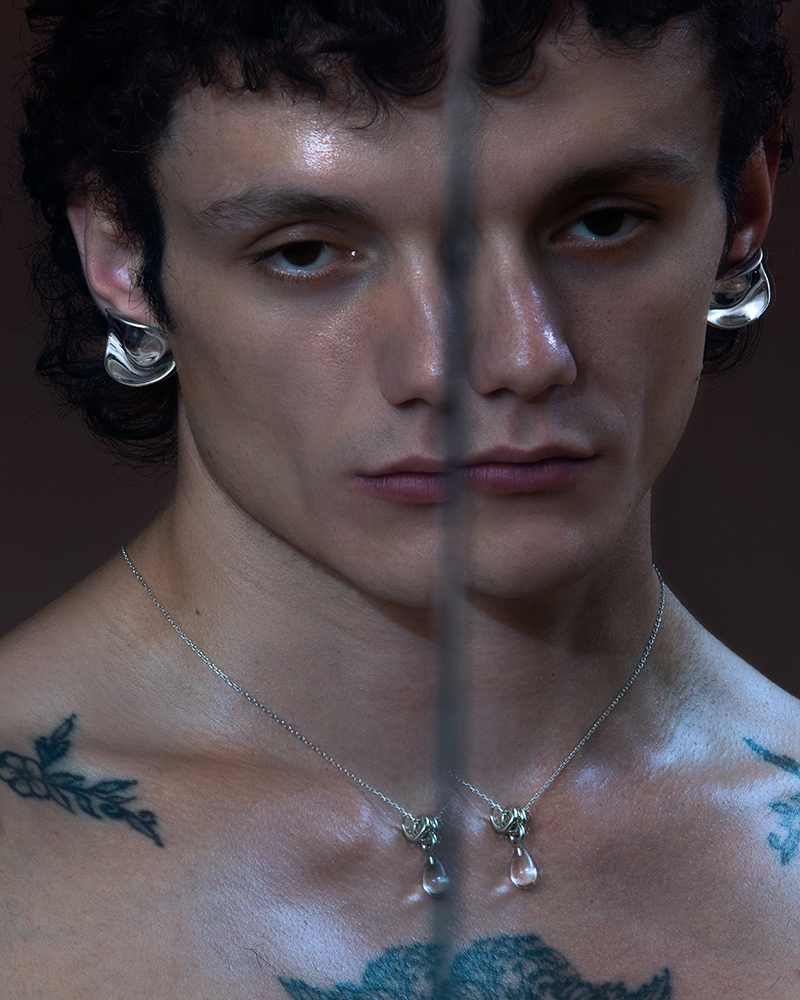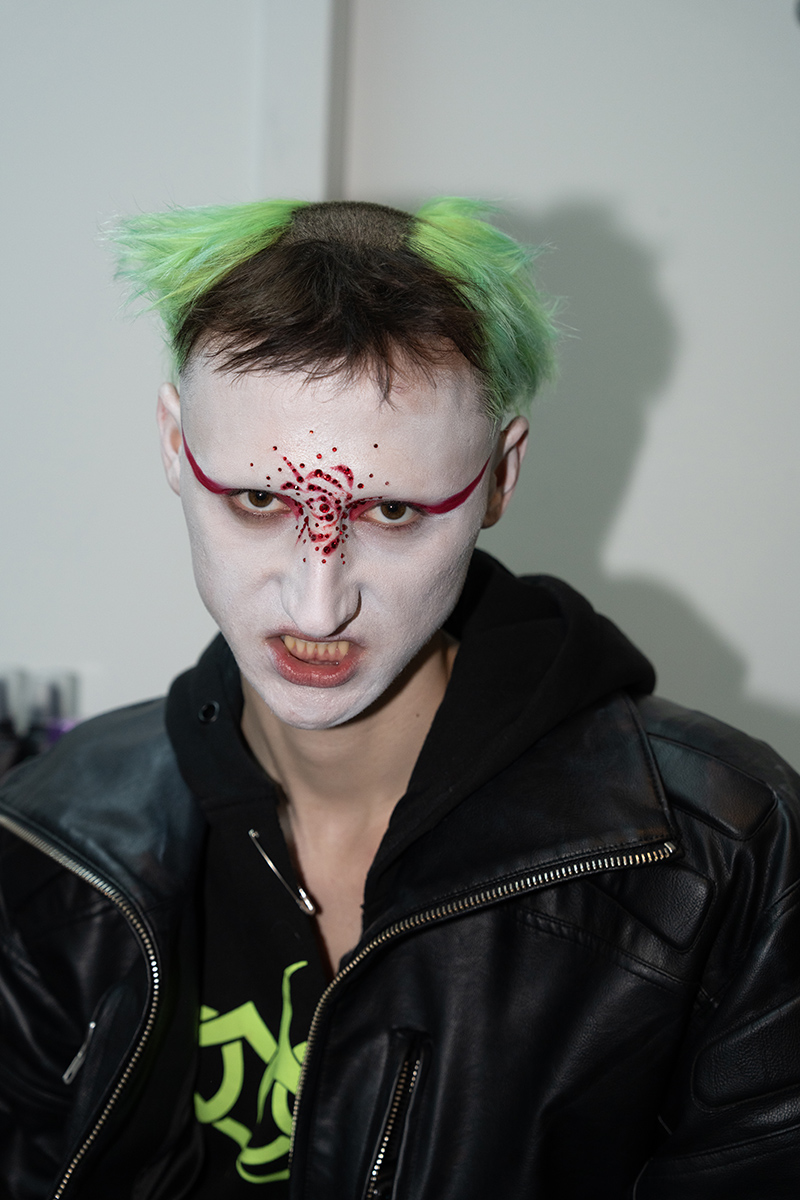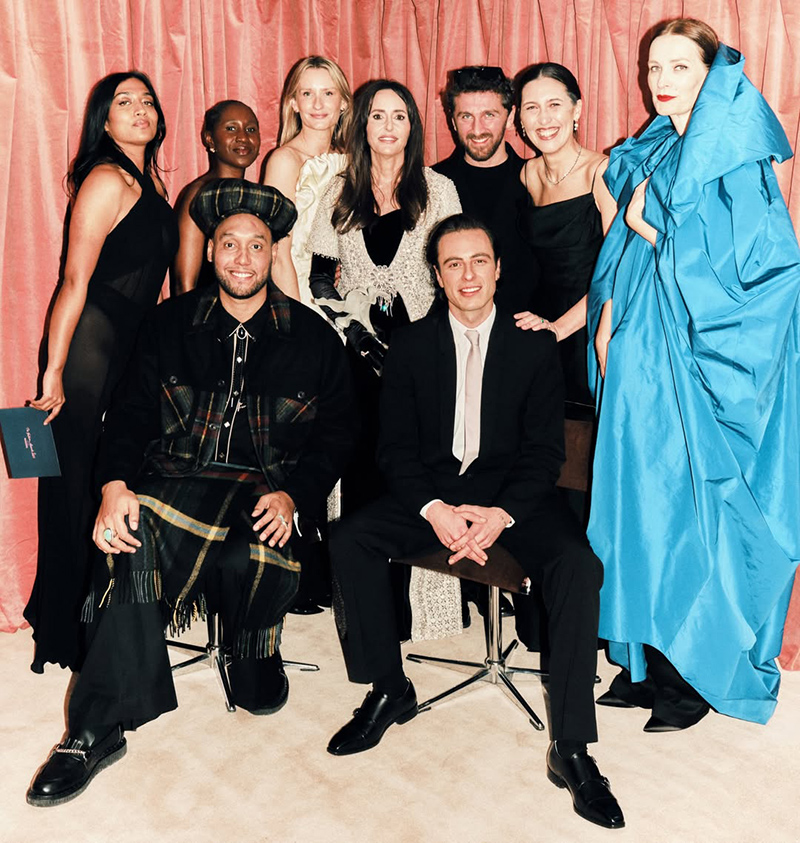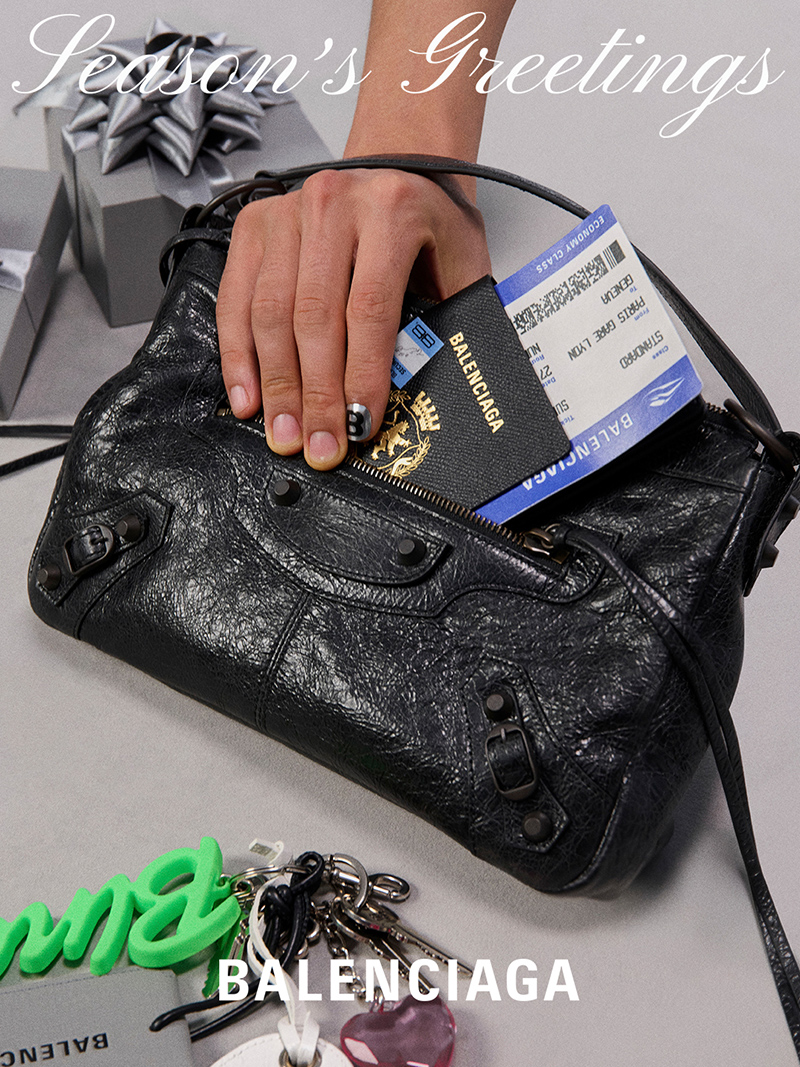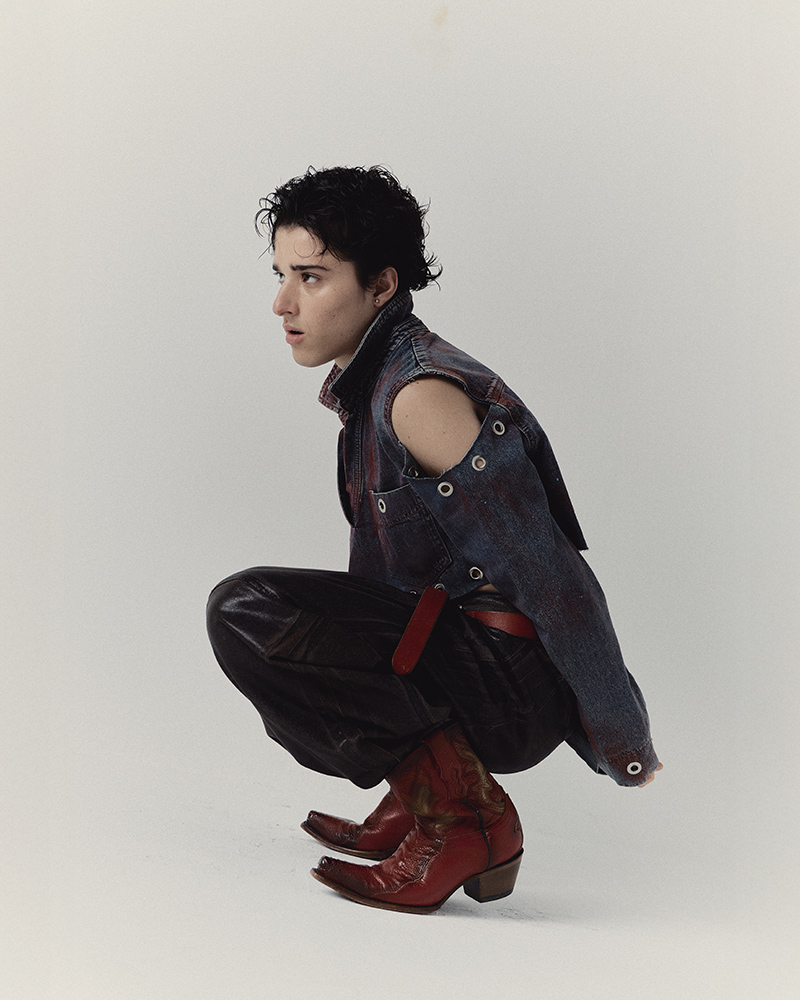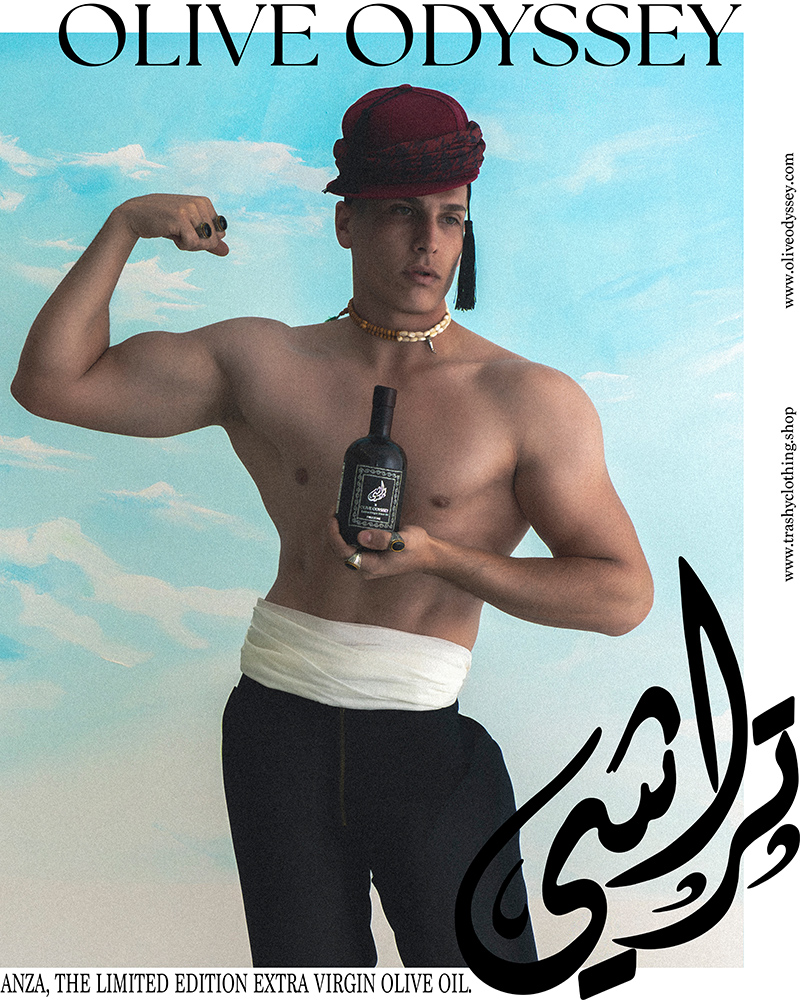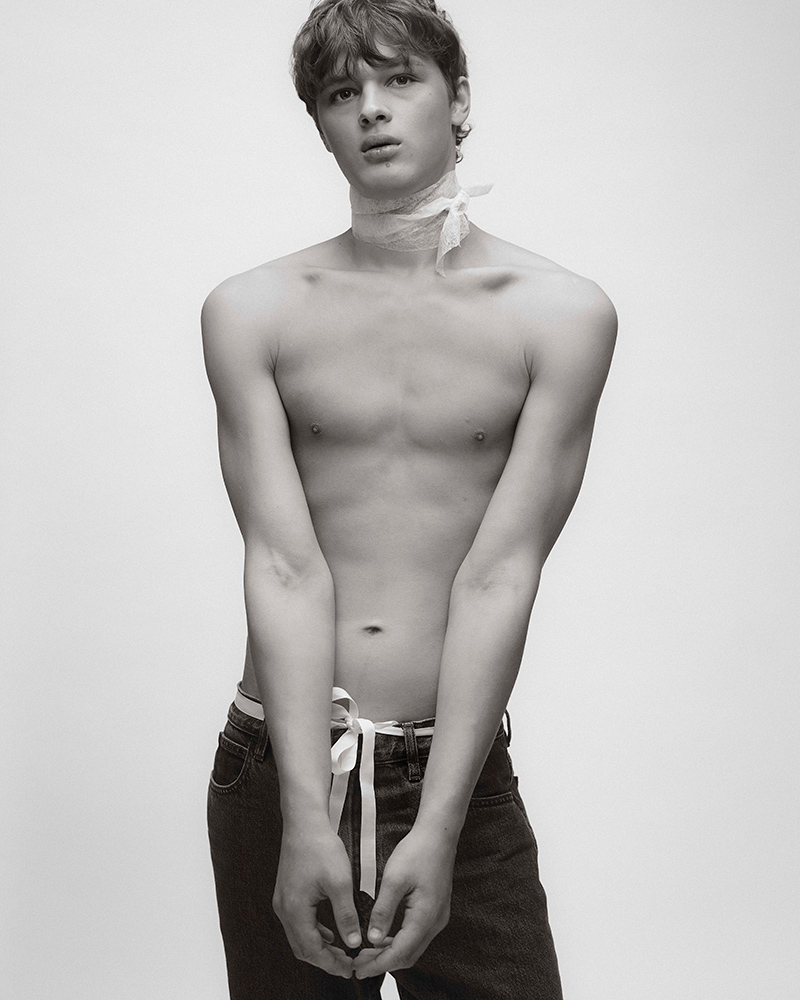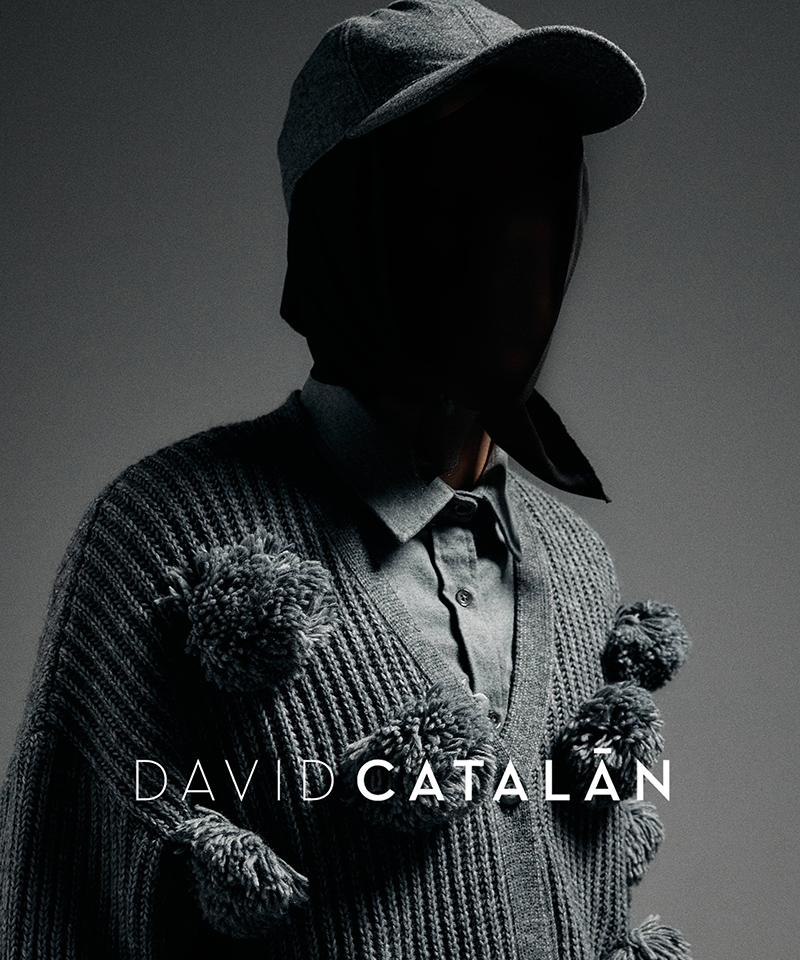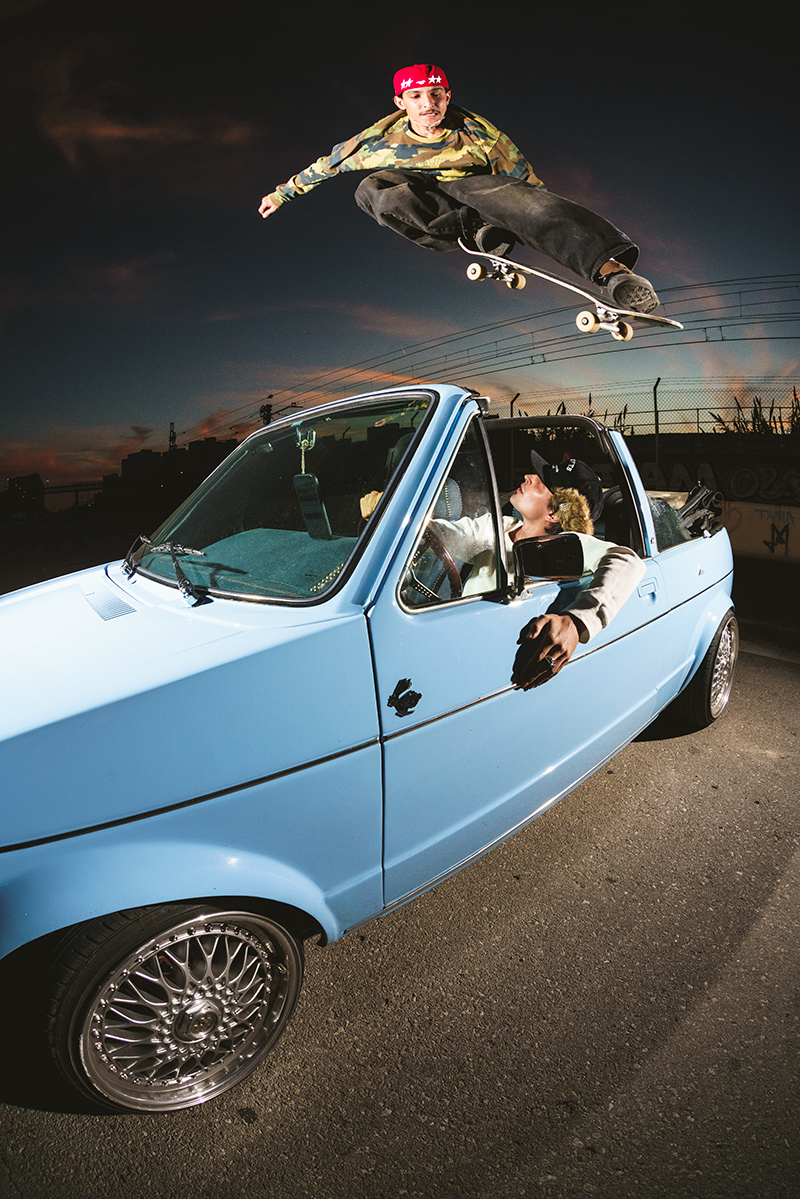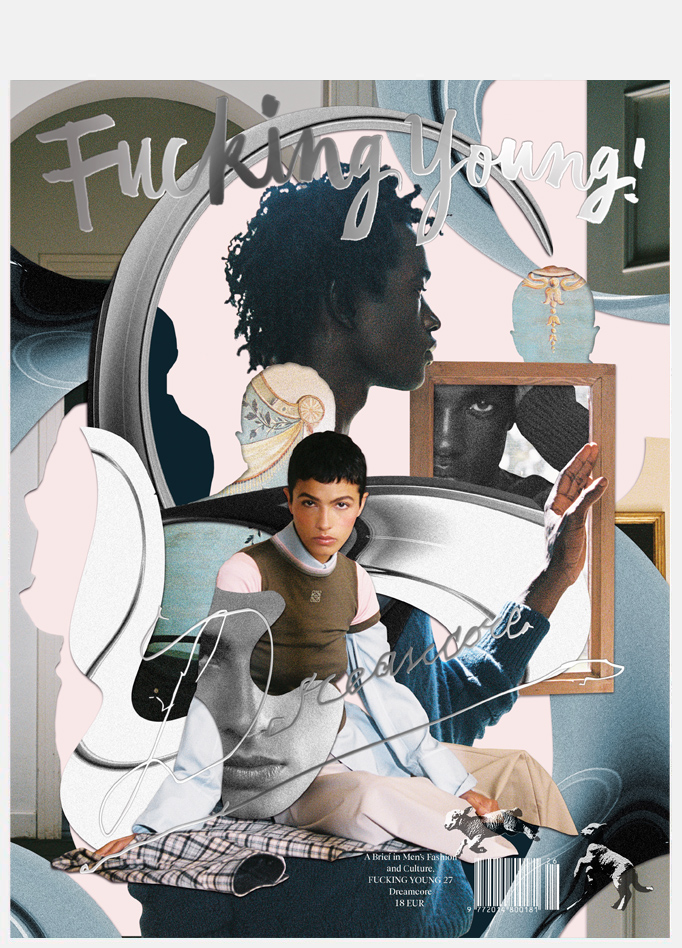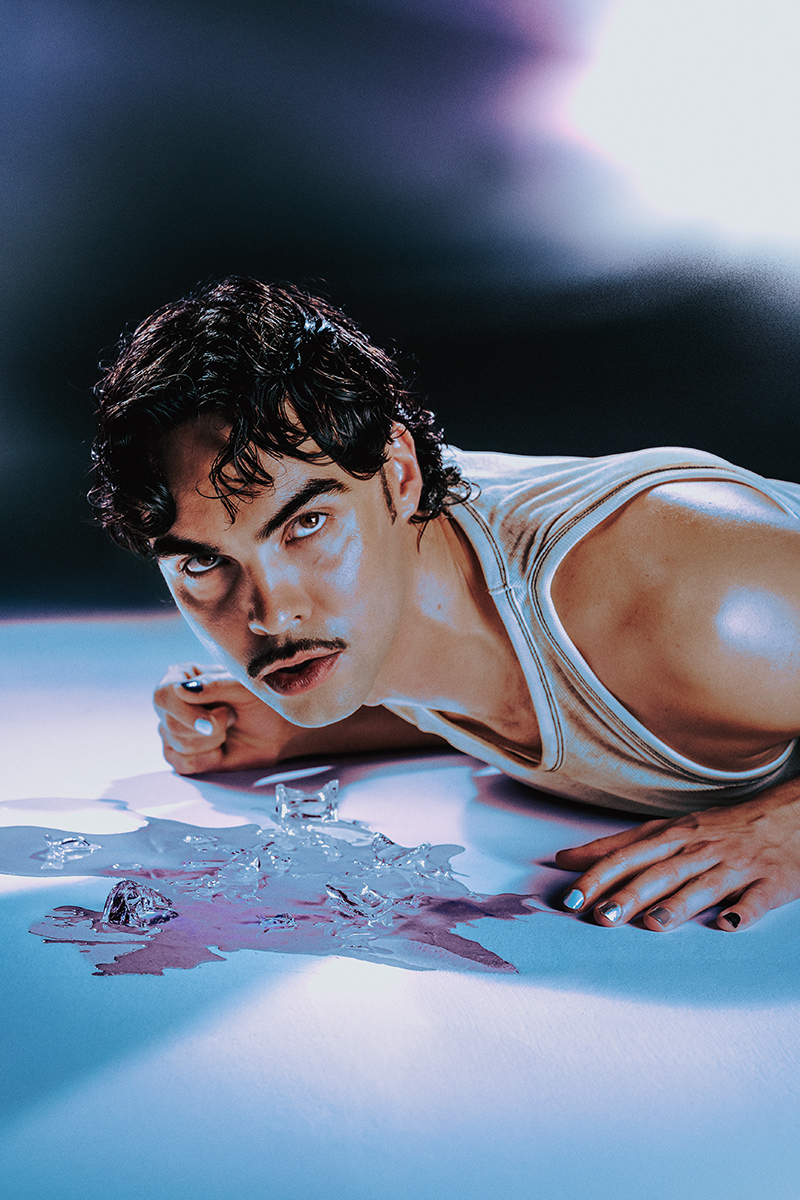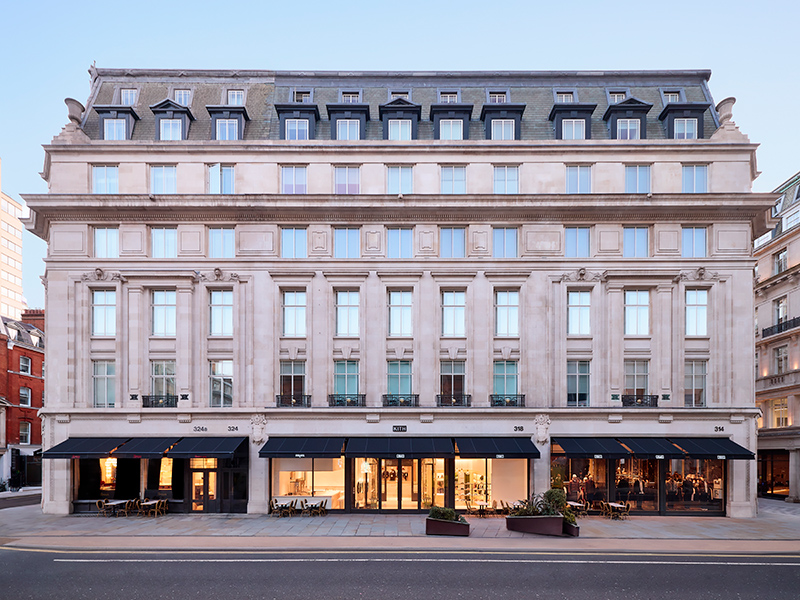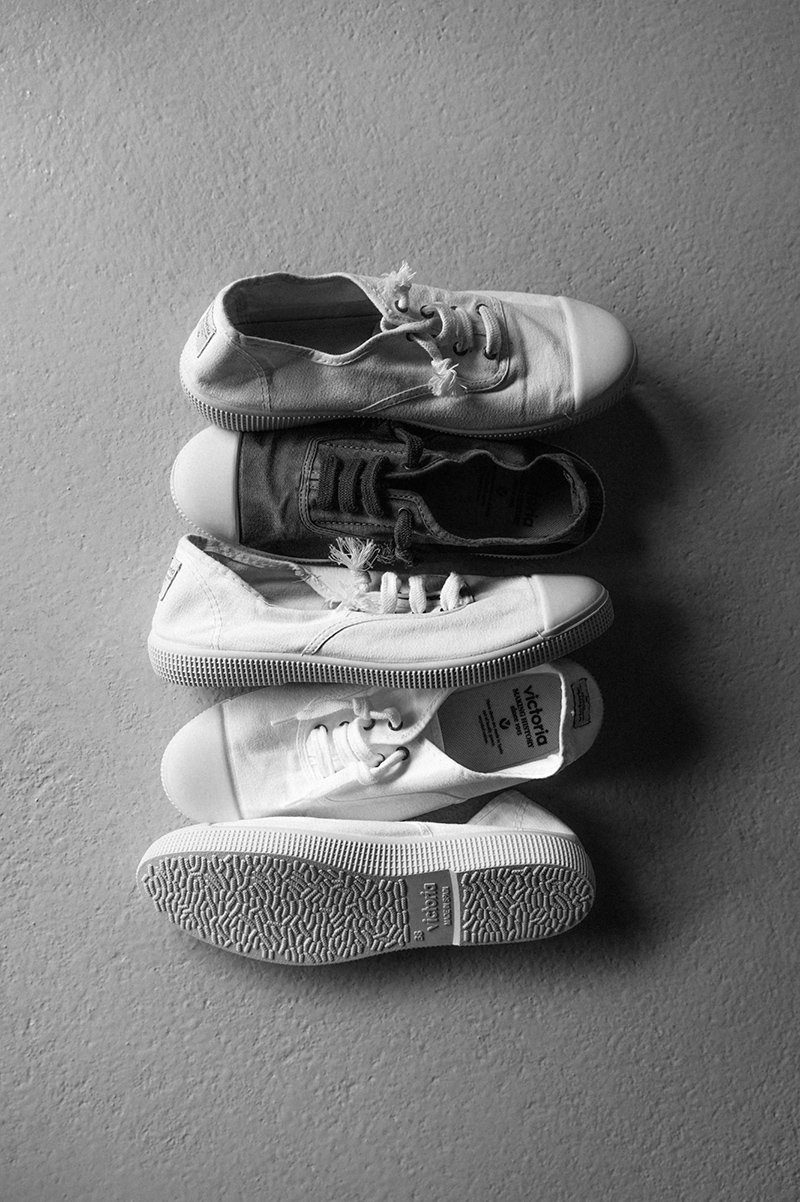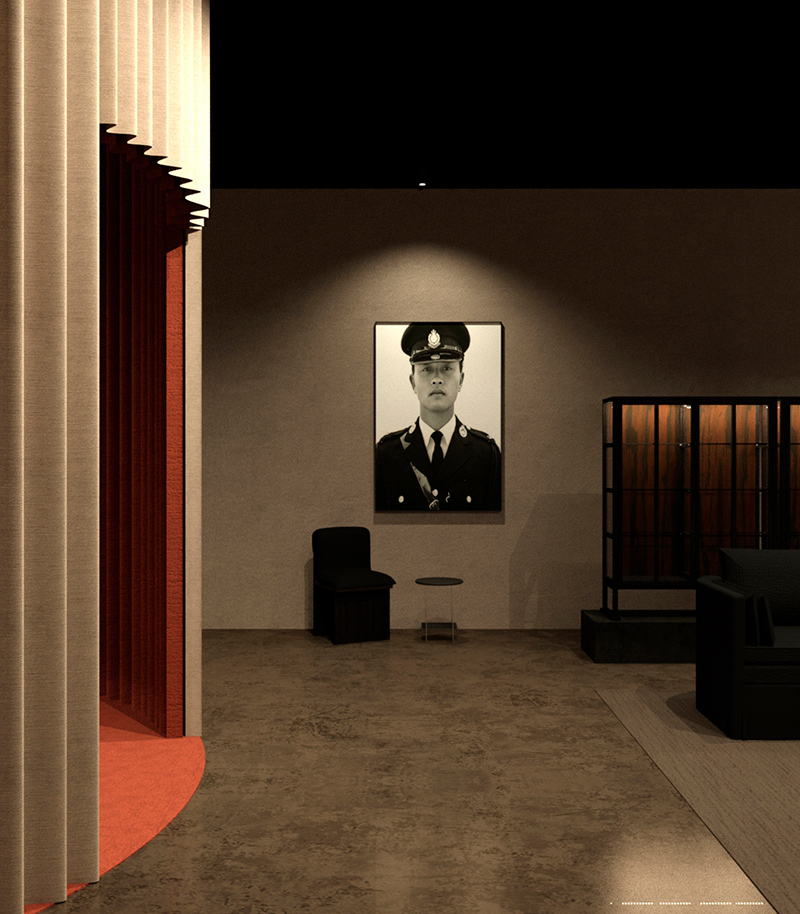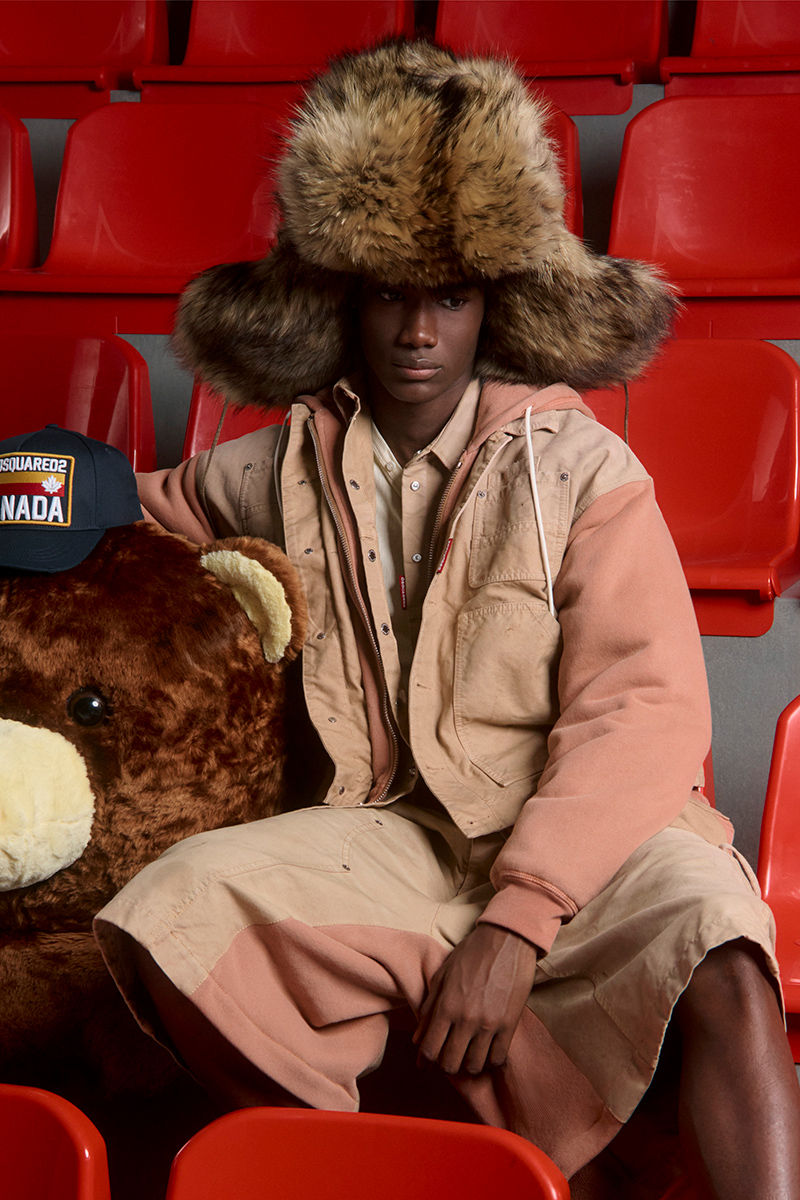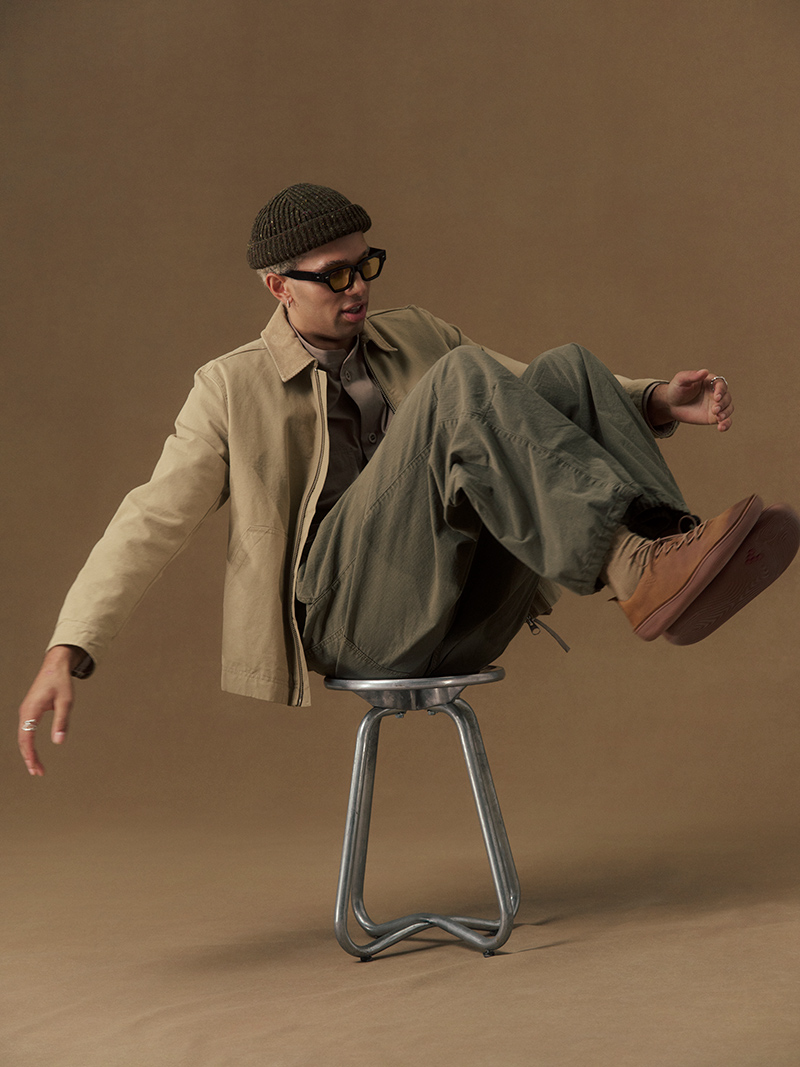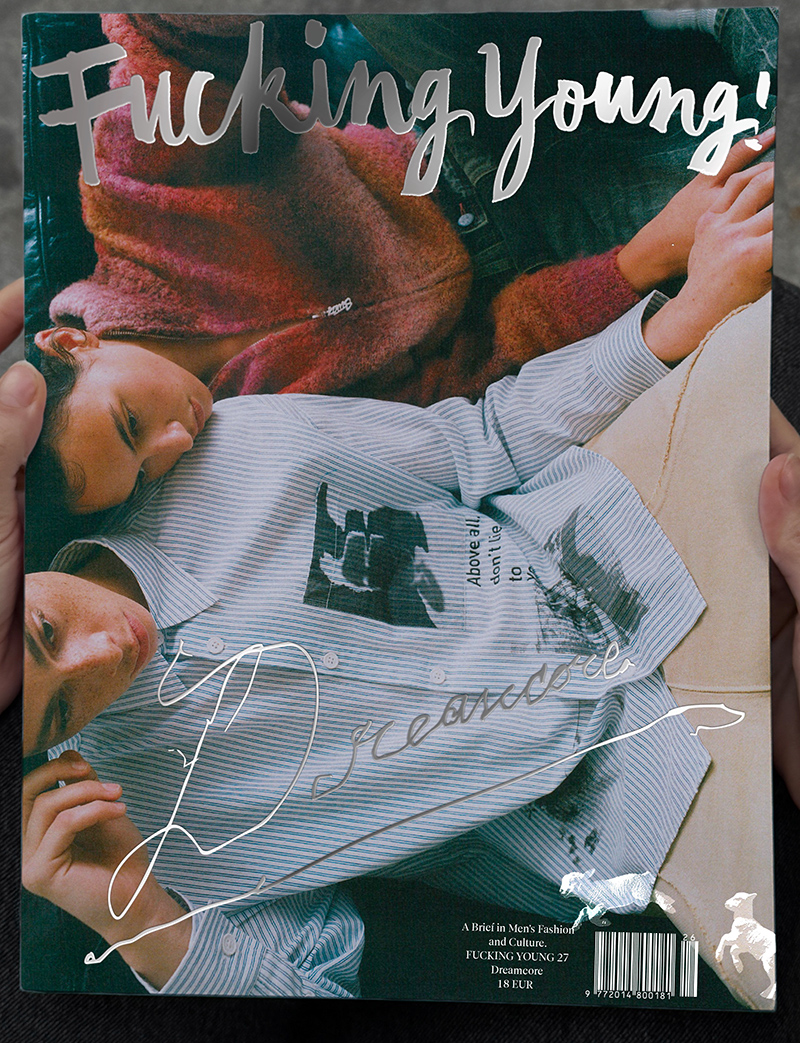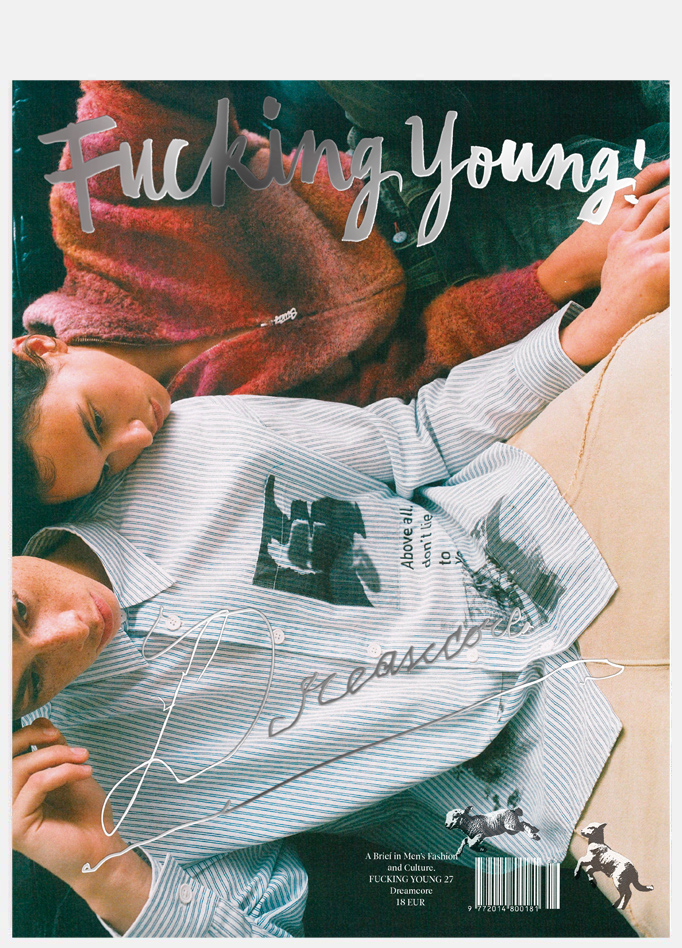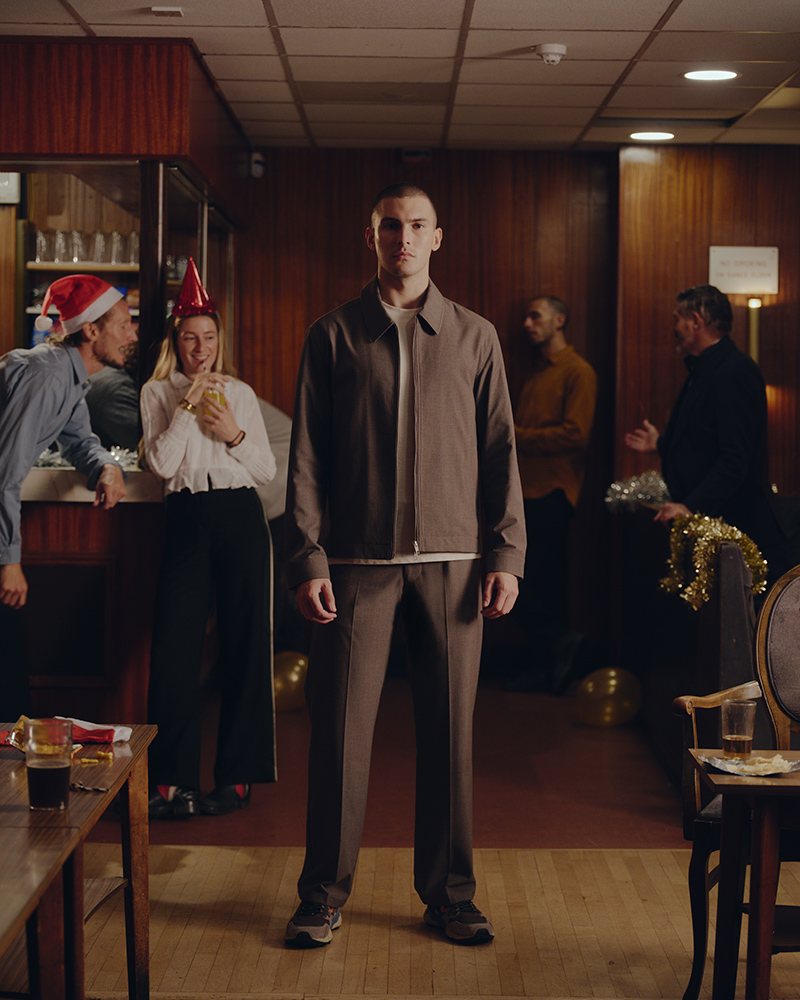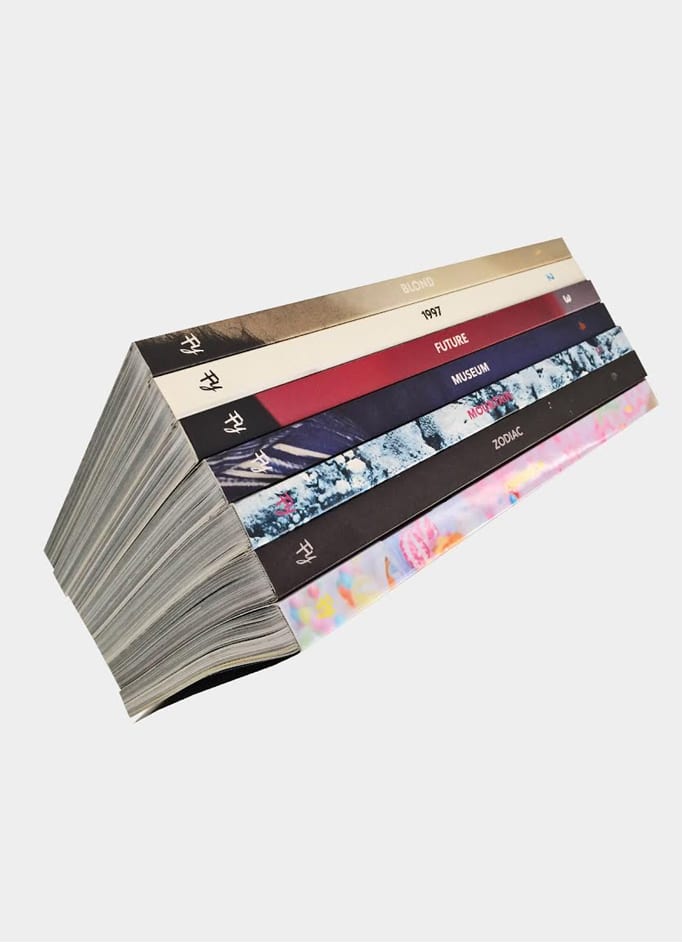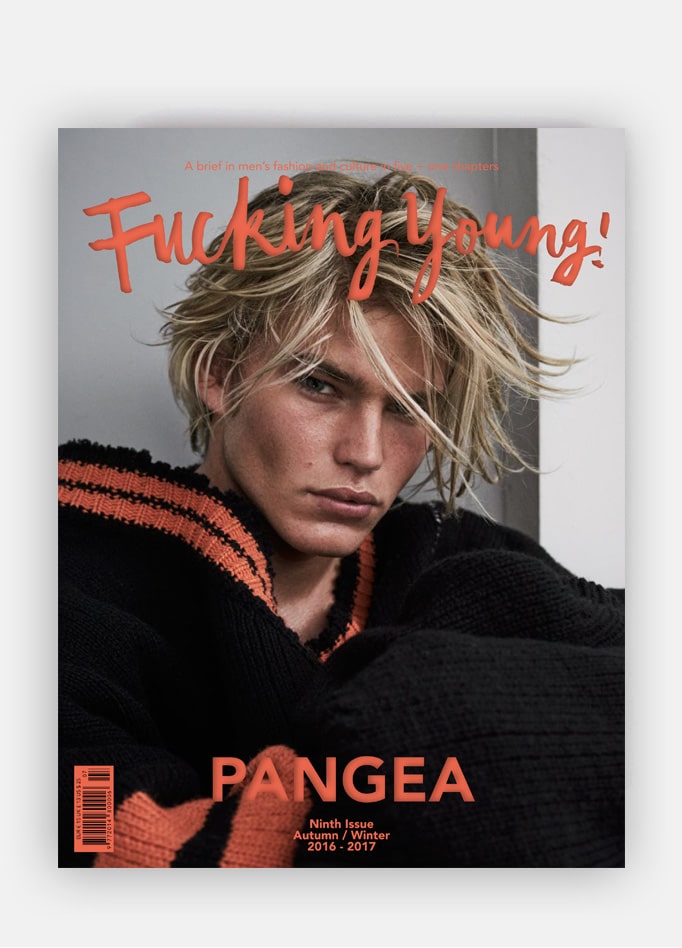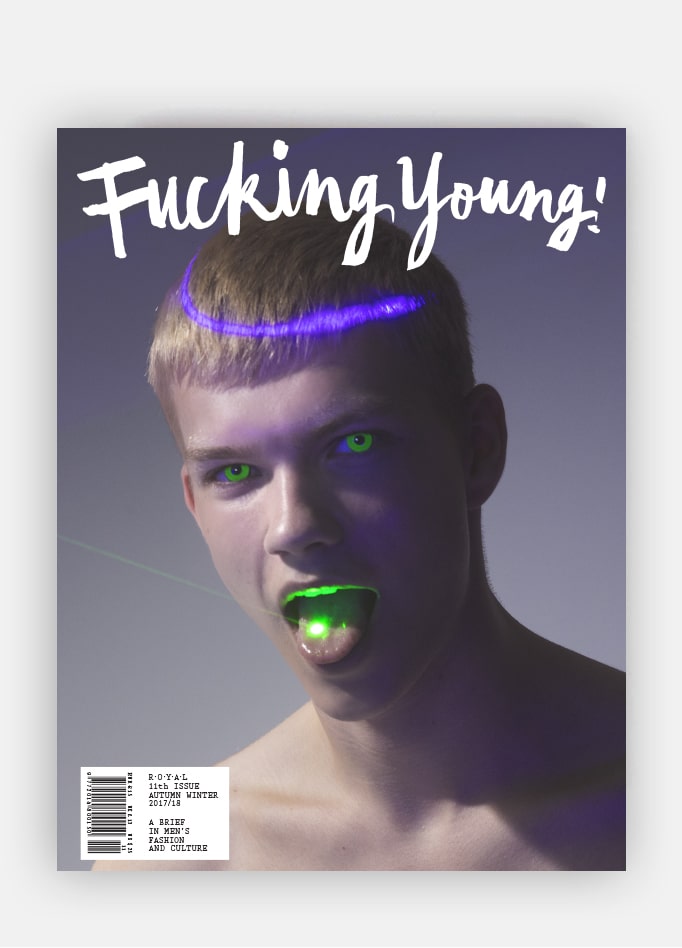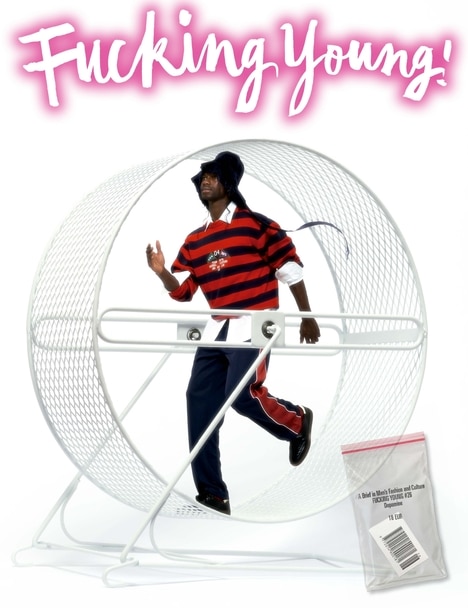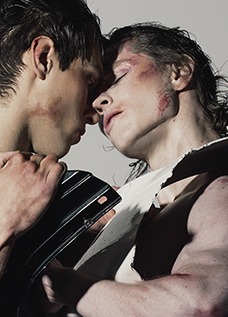
It’s becoming increasingly rare to find independent multi-brand shops in the retail landscape, especially those that take risks. Not only is the latest concept store in Paris, MiMa, giving us hope in this sector with their fresh polymorphic concept, but it’s also the first Gen Z-led store in the fashion capital. From fun and flirty ceramics, books, perfumes, and art in the mix, you can find bottles of Believe Vodka, pillar candles by Coreterno, and a wide array of trendsetting brands. The secret to the store is an editor’s eye to curation with a stylist selection creating a maximalist coziness like that you find in your favourite wardrobe or cabinet of curiosities.
Alex photographed by Louise Reinke and styled by the MiMa team on location in 424, Agustina Ros, Aniye Records, Bluemarine, Borc, Bru Eyewear, Crystal Haze, Didu, Dignos, Hatton Labs, Ladd Bokuchava, Midnight Factory, Palomo Spain, Paly, PDF, Ranra, Richard Quinn, Ruslan Baginskiy, Vaillant, and Weinsanto, in exclusive for Fucking Young! Online.
How do you decide which designers make sense for MiMa? What’s the curatorial thread that connects them?
Most of the designers and artists we work with either reach out to us directly or are people whose work I’ve personally admired and lived with for years. A lot of it comes from a very organic place, if something has been part of my world already and it feels aligned with the energy of MiMa, then it’s a natural fit. The selection process isn’t driven by trends or sales, it’s deeply personal. Everything in the store is something I genuinely love and feel connected to. It all ties back to the DNA of the space and in many ways, to who I am. If it doesn’t feel authentic to that, it doesn’t make it in.
The store sits just steps away from the Palais de l’Élysée, yet it champions emerging designers. Is that contrast intentional?
Absolutely. We work with designers and artists from all over the world and one of our main goals is to create a space that feels inclusive and diverse both in terms of backgrounds and price points. Being on such an iconic street in Paris, just next to the Palais de l’Élysée, makes it even more meaningful. For many emerging designers, opening their own store in a place like this might take years or might not even be possible at all. So offering them this kind of platform felt essential in shaping the identity of MiMa. That contrast is very intentional and it’s about making space for new voices in a place that’s historically reserved for the established.
Is MiMa a space for shopping, or a space for discovery? Or is that line becoming blurred by design?
MiMa is first and foremost a space for discovery and inspiration. That was a core idea from the very beginning, both in the way we curated the selection and in how we designed the space itself. The layout is intentionally more like a home than a traditional store, so it feels relaxed and welcoming. We want people to come in without pressure, to explore, to be surprised. That’s also why we’re constantly expanding our product categories so there’s always something new and unexpected to find. It’s less about conventional retail and more about creating a space where people can connect with objects, ideas, and stories in a more personal way.
With retail becoming increasingly digital and algorithm-driven, what makes someone stop and walk into a physical space like MiMa?
We wanted MiMa to feel completely different from the typical retail experience in Paris. From the design of the space to the way we curate products, everything is done with the intention of creating something unique and personal. It’s not just about shopping it’s about experiencing. We believe it’s important for people to come in, touch the pieces, try them on and really feel the atmosphere of the store. That physical connection is something you just can’t replicate online. We actually don’t have an e-commerce platform by choice, but we do offer an interactive website where people can explore the catalog and get a sense of the variety and creativity we showcase. But ultimately, MiMa is a universe meant to be experienced in person.
How would you describe MiMa’s relationship with streetwear, and how do you see that category evolving from your vantage point?
Streetwear is definitely part of MiMa’s language. It’s a style we genuinely connect with, it feels natural within the atmosphere of the store. From our perspective, streetwear is evolving beyond logos and hype it’s becoming more personal, more thoughtful. We’re seeing designers use it as a form of storytelling and cultural expression, which aligns perfectly with how we approach curation. It’s not about trends it’s about authenticity and energy.
What can we expect from MiMa in the next 6–12 months? Any new territories, drops, or designers on your radar?
We’re always bringing in something new whether it’s a designer, an artist, or a fresh drop so the space is constantly evolving. Every week or so, we receive new pieces, which keeps the energy of the store alive and ever-changing. Discovery is a big part of the MiMa experience, so we like to keep things feeling fresh and unexpected. As for expanding into new territories, it’s definitely something we’re open to in the future. But right now, MiMa is still very young, not even a year old, so it’s really important for us to focus on nurturing every part of what we’ve created here in Paris before thinking about what’s next. We want to grow intentionally, with the same care and authenticity that defined our beginning.
Many of the labels you stock are first-time entrants into the Paris market. How important is it for you to offer that kind of access?
It’s honestly an honor for us to be the first or only physical space in Paris representing many of the brands we carry. Some are usually only available online, so being able to introduce them to a new audience especially in a city like Paris is something we take seriously. In an industry that moves so quickly, we believe it’s essential to create room for emerging designers and give their work the visibility it deserves. For us, it’s about more than just selling a product it’s about offering people the chance to discover new voices and connect with brands in a real, tangible way. That sense of access and discovery is at the heart of what MiMa is all about.
How would you describe the “MiMa” Man—and is he French?
The MiMa man can be from anywhere. What defines him isn’t where he’s from, but how he sees the world. He’s curious, open-minded and drawn to individuality over convention. He values design, but not for the sake of status, for him, it’s about expression, energy and meaning. He moves between different styles and cultures with ease. He appreciates the details, the story behind a garment or object and he’s not afraid to experiment. Whether he’s French or from somewhere else, what connects him to MiMa is a shared mindset: one that embraces discovery, supports emerging voices and seeks out the new without abandoning authenticity. He’s not following trends he’s building a personal universe. And MiMa is one of the places where that universe feels understood.
Which brands do you think are flying under the radar and worth watching?
We believe every single brand and artist we carry is worth watching. That’s why they’re part of MiMa. We’ve curated over 200 and counting not based on hype, but based on vision, integrity and originality. It’s impossible to pick just one or two, because each of them contributes something essential to the MiMa universe. What’s most exciting for us is that many of these creatives are still under the radar and that’s exactly the point. MiMa is about giving space to the ones who might not have had that spotlight yet, but absolutely deserve it.
When going to a buying appointment, what do you look for?
We usually look for the statement pieces the ones that really define the collection. The pieces that, without them, the rest wouldn’t make as much sense. In traditional retail, those are often the first to get cut because they’re expensive, complex to produce, or seen as less “commercial.” But at MiMa, we see those pieces as essential. They carry the designer’s vision and are often the most emotionally or creatively charged part of the collection. We always try to support designers in showing their full story, not just the safest or most sellable pieces. That’s why we focus on variety and strong identity over bulk orders of bestsellers. For us, it’s about showcasing the collection in the most authentic and respectful way possible and making sure what we bring into MiMa truly reflects the designer’s world and our own DNA.
MiMA has been supportive of young talent and independent brands. What advice would you give a young designer?
Stay true to your vision don’t water it down to fit what you think the industry expects. The pieces that truly connect are the ones that come from a place of honesty and intention. At MiMa, we’re drawn to designers who have a clear point of view, even if it’s unconventional or still evolving. Also, don’t be afraid to include the pieces you think might be “too much” or “too risky” often those are the ones that tell your story the loudest. There’s space for experimentation and emotion in design and that’s exactly what we want to help bring forward. Build a world, not just a collection. And find partners like us who are willing to support that world and help others experience it for what it really is.
